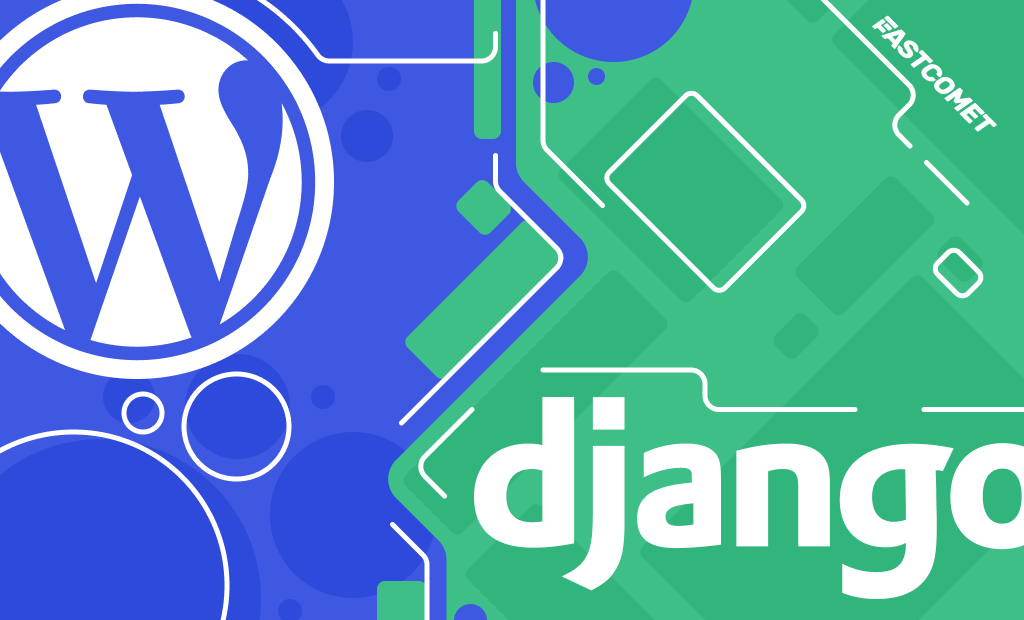
WordPress and Django – A Comparison
If you are thinking of building a new website, then there are several considerations that you must do. The biggest one is what platform you will use to build the website. On the one hand, there are conventional Content Management Systems like WordPress and Joomla!. On the other hand, however, there are more unconventional means of creating a website, such as web frameworks. Django, for instance.
In this blog post, we want to look at WordPress and Django because they are excellent representatives of their respective fields: WordPress is the most popular CMS in the world, while Django is the second most popular Python web framework after Flask. Why not Flask, though? We figured Django would make for more interesting reading and might open you to a method of website building you weren’t familiar with. With that said, join us as we explore the similarities and differences between WordPress and Django.
What are WordPress and Django
To understand the key differences between WordPress and Django, we must first talk about what those two pieces of software are. That will give us the necessary foundation to lay out what’s similar and what is different between the two.
What is WordPress

As we mentioned in the beginning, WordPress is a Content Management System (CMS). Established in 2003, it is entirely open source and free to download and use. It was initially meant for blogs but quickly flourished beyond that. Written in PHP, it can assemble any website quickly and easily. As of 2023, WordPress is the most popular CMS, with over 40% of all websites in the world using it.
Below we will list the most prominent features that WordPress has to offer. These should give you a good outline of what it can do.
- Free – The WordPress CMS is entirely free to download and use. There are no hidden fees or taxes either.
- Open Source – Anyone can contribute to the WordPress code, which has nurtured a large and kind community around the CMS. It has some of the most passionate contributors.
- Versatility – WordPress can build almost any website, despite being easy to use. That is largely because of the plethora of plugins and themes available.
- Easy Learning Curve – Starting with WordPress is easy. It was designed with ease of use in mind. Despite that, you can create some stunning websites with it.
- SEO – WordPress is excellent for SEO. It has built-in tools for optimizing it and many great plugins that further add to that functionality.

Finally, to give you an idea of what a WordPress website can look like, here are a few famous companies with websites built on WordPress.
- Microsoft News
- Yelp
- PlayStation
- Vogue
- Evernote
What is Django

On the other hand, Django is not a CMS. It is instead a back-end web framework based on Python. In this context, the back-end refers to the site of a website an end user does not see: the administrative side of the website. Like WordPress, Django is open source but was founded two years later in 2005. Initially, it was used to build a newsletter website. Still, it also grew outside those confines and became a framework for creating various websites. It is not as easy to make a website with it, though, since it requires some programming knowledge and Python’s Object Oriented Programming in particular.
Here are the key features Django offers as a website-building platform:
- Free – Django is absolutely free. Simply download it and start using it.
- Open Source – Like WordPress, Django is entirely open source.
- Vast – Being a Python framework, Django can fully utilize the PIP package manager. That gives it access to any available app or package within PIP.
- Feature-complete – Django comes with all the tools you will need to build an entire website from scratch: from the database to the UI, it has everything you need.
- Secure – Django comes pre-packaged with several authentication and security tools, making it difficult to crack by malicious actors.
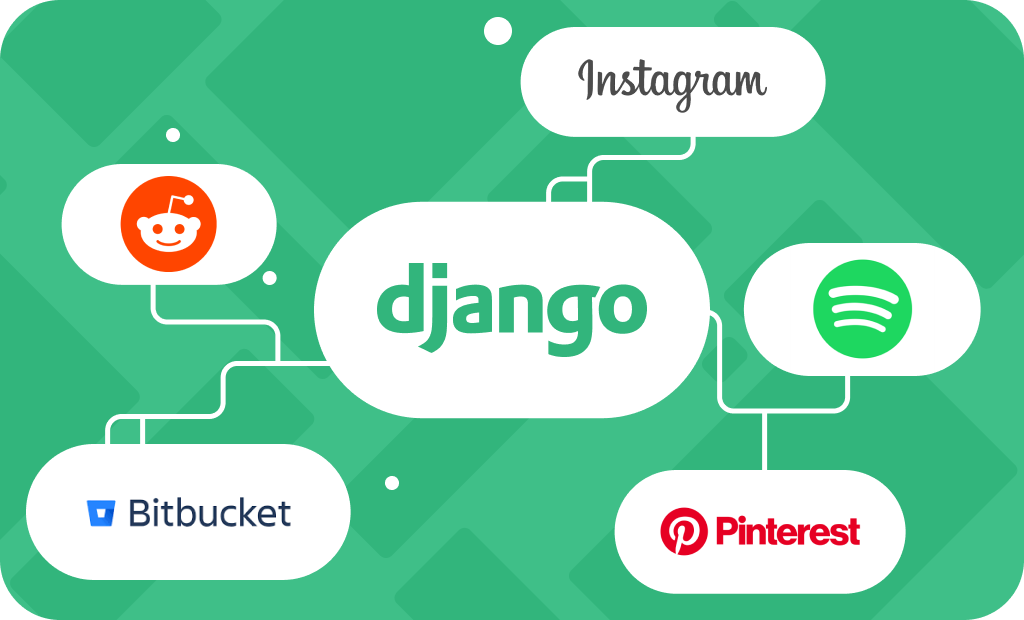
And these are some examples of companies that use Django for their websites, just to give you a parallel of what you can expect from the framework:
- BitBucket
- Spotify
An In-depth Comparison
It is now time to go a bit deeper and actually compare WordPress and Django head-to-head. We will discuss some of the key differences between them. They are different pieces of software, so the comparisons won’t be entirely precise. However, they should still give you an idea of what WordPress and Django can do for you.
CMS or Back-end Framework
WordPress is a CMS, and Django is a back-end framework. We already mentioned this, but what do those terms mean exactly?
A Content Management System (CMS) is software allowing users to create websites from scratch without coding knowledge. The easiest example we can use is, indeed, WordPress: you do not need to create or edit any code since that is already done for you. All you need to do is install the CMS on your system and build your website. You don’t have to code anything when doing that either because the CMS handles it for you. You simply choose your theme and plugins, for instance, and assemble your website like that. If we can use a comparison, a CMS is like cooking a meal: you have your ingredients, and you simply put them together.
On the other hand, a back-end framework is like cooking a meal, but you have to grow your own ingredients beforehand. A back-end framework requires coding knowledge because while, yes, such frameworks often offer robust tools for creating web applications (websites, for instance), those tools are not intuitive to use if you have no coding experience. With such a framework, you can make pretty much any functionality for your application that you want, but you need to code it yourself. You don’t have the easy-to-use plugins or tools a CMS might offer you.
To summarize, a CMS lets you create a website easily, while a back-end framework offers better creative freedom.
The Learning Curve
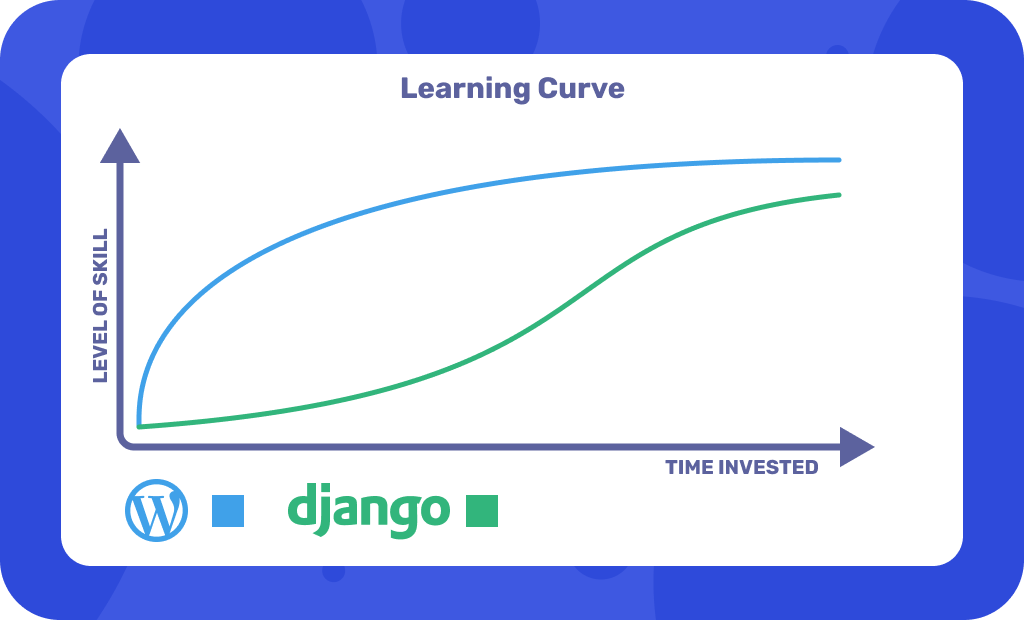
As we mentioned in the previous section, a back-end framework requires prior knowledge of coding in the particular language the framework is based on. In our opinion, that is the most considerable difference between a CMS and a back-end framework, and therefore between WordPress and Django.
While WordPress and Django have a learning curve (you still need to learn how to use WordPress), the curve is much steeper when discussing Django. You need to know how programming generally works, how Python works, how to code with it, how to use Python’s command line, and how to use its Object-oriented Programming. A lot of things, as you can see. Meanwhile, there are endless tutorials online about getting started with WordPress. We have one right here if you are curious.
Additionally, there is something else you will likely need to learn if you want to build a website with Django: front-end development. Django is for the back end only, so if you want to give your website an actual appearance outside of just text on a screen, you will need to learn some HTML or CSS. Meanwhile, WordPress asks none of this from you. All it asks is for you to know how to click a few buttons because almost everything in WordPress has a graphical interface that you can interact with.
If you want to learn a new skill, definitely go with Django. Making a website will definitely take you longer, but you will learn actual programming along the way. That is not to disparage WordPress. Knowing how to use WordPress in-depth is incredibly useful nowadays, and you can still learn how it works if you are interested.
Available Resources & Tools
Both WordPress and Django come with extensive documentation and a plethora of resources and tools to make building websites as easy as possible. Below we have outlined them for you.
Documentation
Documentation is a great place to start. It is the raw information about the software you want to learn. Fortunately, WordPress and Django sport extensive documentation.
WordPress has the WordPress Codex, which covers everything from getting started to contributing to the development process itself. It comes in over 50 languages, too. WordPress also has a collection of developer resources if you want to learn more about how the CMS works under the hood.
Django’s documentation will also guide you through the process of getting started with publishing your website. It is in over ten languages. It will show you how to set up everything you will need, from Python itself to writing your first Django app, to creating your website’s database, to the website itself.
WordPress’ Plugin and Theme Repositories
Being a CMS, WordPress comes with pre-made plugins and themes. These two elements will be what you mainly use to create your website. They will dictate what functionalities it has and how it looks. Because they are such vital elements, there are official repositories for each of them.
Not only that but these repositories directly connect to the WordPress software itself. That allows you to download plugins or themes without having to leave your website’s dashboard. Speaking of WordPress’ themes, most of them support the Gutenberg block builder nowadays, so creating a unique front-end for your website is extremely easy.
Django’s PyPI
Python’s Package Index (PyPI) is the best place to go if you are looking for pre-made applications or software you can use on your website. Other members of the Python community create and publish these packages for free.
Additionally, there is a dedicated website specifically for Django packages. The packages are, once more, entirely free, and the website itself is an excellent place to visit if you are looking for specific functionality.
Hosting Options

When you are ready with your website, you will want to put it online. At that moment, you must choose the best hosting provider for the website you have worked so hard on. There are many considerations you need to keep in mind when it comes to choosing a hosting provider.
For instance, can the provider you are looking at support the application you are trying to deploy:
- Do they have the necessary database or PHP requirements?
- Can their hosting solution even run the programming language you used?
- Do they offer enough space for growth?
Things get more complicated when you look at what Django needs when compared to WordPress. The latter does not need too many things to work correctly. Most Linux servers with PHP, MySQL, and HTTP support will do, whether Apache or NGINX. If you know how to set up such a server yourself, then you are all set. If not, FastComet offers managed WordPress hosting, which you can use. It comes with all of WordPress’ prerequisites installed, so all you need to do is upload your website.
On the other hand, hosting a Django website is more complicated, as you have probably already guessed. The server you want to host on must be able to run Python and its derivatives (Django, for one) and offer the proper environment for managing Python applications. Additionally, most of the time, you will have to deploy your website on your own, so you yourself will need to learn how to do that, as it is more complex than it can be with WordPress. Finally, Django cannot handle static files on its own (CSS, JS, images, videos, etc.), so you will need to find a solution. Our services also offer the foundation you need to get started with Django.
Starting With WordPress and Django
When comparing WordPress and Django it is only fair to mention what it is like to get started with each of them. That is likely the most important part of any comparison between two pieces of software: how to set them up properly and how to start using them. Because of that, we want to compare the minimum effort it would take to create a functioning website with WordPress or Django. We will assume that you already have a hosting environment which covers the server requirements for each software, and a domain pointing to that environment ready to receive a website.
WordPress
WordPress is notoriously easy to set up and create a website with. There are fully automated solutions which can install WordPress in just a few clicks, such as Softaculous and WP Toolkit. However, those are not available everywhere. The steps below are how to manually install WordPress, which should show you just how easy it is.
- Download the software from WordPress.org;
- Upload the archive to the correct directory on your hosting environment and extract it;
- Set up a Database and a User with all privileges for accessing and modifying it;
- Open your website in your browser and follow the instructions on the screen;
- Provide the Username, Email and Password for the admin account that will be created during the installation process;
- Select your website’s Title and whether or not it will be visible to search engines;
- Provide your database’s Name, User and Password.
As you can see, even manually installing WordPress is very easy, and the end result is a fully functioning website. From this point forward it is up to you to customize it. There are even easier ways to do it in the form of automated installers. We have tutorials on two of them, if you would like to learn more: Softaculous and WP Toolkit.
Django
Since Django is a bit more complex to get started with, and create a website, let us show you how it can be done. We will use Linux in our example below, but Django can work on Windows as well, as per Django’s documentation. With that said, assuming you have a local Linux server with the latest versions of Python and pip installed, this is what you need to do to create a functional website with Django:
- Set up a database on your server. Note down its Name, User and Password;
- Navigate in the command line to the directory you want the website to be in;
- Create a virtual environment in the directory where you want your project to be.
- The command you can use is: python -m venv tutorial-env
- To enter the virtual environment use: source tutorial-env/bin/activate
- Then, download and install Django with this command: python -m pip install Django
- You can confirm the installation was successful by checking Django’s version: python -m django –version
- Now it is time to create your project. Use this command, replacing mysite with the name you want to appear on the website: django-admin startproject mysite
- This will create a directory where the website’s code will be: the container for your project. To make sure the project works, it is time to test if the development server will run. That server is for development purposes only, and can be initiated with this command: python manage.py runserver
- The command will start a development server where you can build your website. You shouldn’t use it for production purposes;
- If everything has gone according to plan, you should be able to go to your browser and go to http://127.0.0.1:8000/ and see “Congratulations!” on the page. If you do, then everything is working as intended.
At this point you have technically created a website on your localhost. However, it does not have any actual content, and developing it further will take even more effort. That is not a bad thing, though, because the end result will be a solid and fast website with as many features as you want. This once more underlines the fact that WordPress is easier to work with, but Django is far more capable: the two create websites in the end, but they suit different needs and purposes.
Summing Up the Similarities and Differences
Let us begin by outlining all of the similarities between WordPress and Django. Several core ones are important to point out.
- Free and open-source software;
- Capable of building most kinds of websites;
- Multilingual support;
- Used by world-class organizations;
- A great number of third-party tools;
- Extensive documentation;
- Multiple hosting options.
But to make a choice, you will also need the differences. They are far more substantial and are what make each piece of software unique in its own right.
- WordPress is a CMS, while Django is a back-end framework;
- WordPress is written in PHP, while Django uses Python;
- WordPress can only be installed on a server with MySQL or MariaDB as the database management system, but Django can use PostgreSQL, MariaDB, MySQL, Oracle, or SQLite;
- WordPress has a smaller learning curve since no coding knowledge is required to start a website. Django is the exact opposite, as you need to know several things related to coding with Python;
- Django has no SEO features built-in by default, while WordPress does;
- With Django, you have to code your front-end by hand. WordPress saves you that step with its themes and block builder.
- Almost everything has to be coded by hand, not just the front-end, in Django. While it has pre-made packages that can be installed, you will still need to code more than you would with WordPress. Instead, WordPress has a graphical user interface that saves you manually coding everything.
Conclusion
As you can see from what we have discussed so far, WordPress and Django are fundamentally different. Still, they ultimately create the same thing: a website. WordPress is great for creating a website quickly and with ease, and while very flexible has drawbacks when it comes to relying on plugins and themes for functionality and appearance. If you need anything not provided by a plugin or theme, you must code it yourself. That is how it is with Django, which is the keyword for working with it: coding. It is the more complicated of the two. Still, it offers the opportunity to learn to perfect a programming language and the ability to create infinitely flexible and versatile websites.

The latest tips and news from the industry straight to your inbox!
Join 30,000+ subscribers for exclusive access to our monthly newsletter with insider cloud, hosting and WordPress tips!

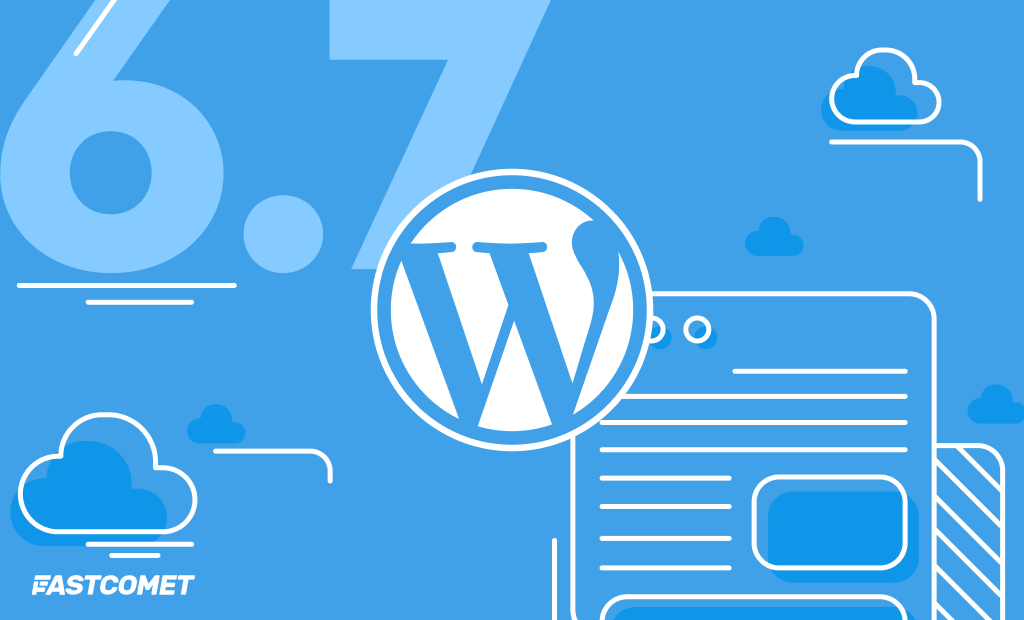
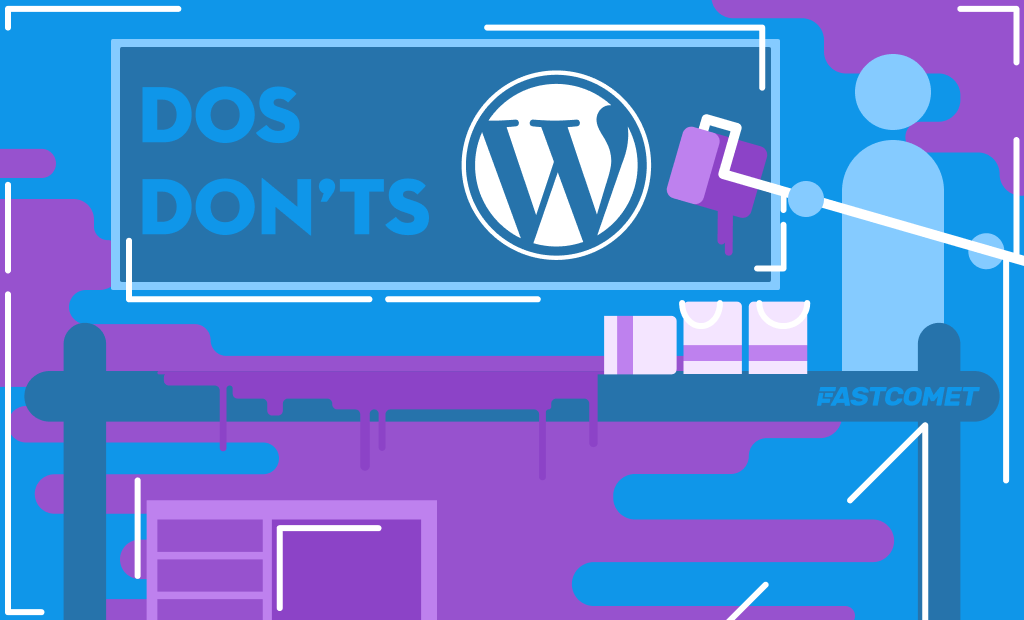

No Comments